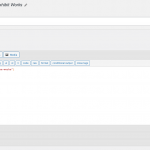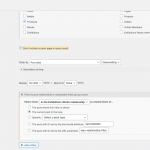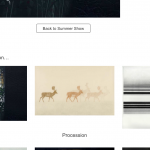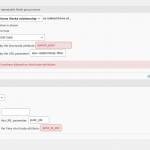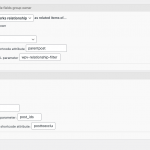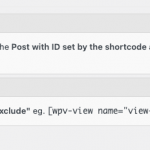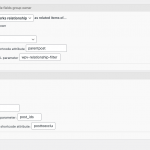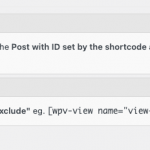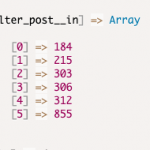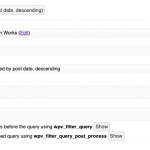Tell us what you are trying to do?
On the site that I am working on there are a number of relationships. The main one is artist-members to their work (products) one-to-many. This is all fine.
But, there is also the route that I am working on which is many-to-many, exhibitions to the art works exhibited, many-to-many because an artwork can be exhibited again. Following the principal of posting once, displaying in different places, to make the site efficient I am targeting the same products in the first relationship. To attach a different template I am using t intermediary post type of the many-to-many relationship. I am showing a view that shows other artworks from the same exhibition (see image attached).
I am using a similar pattern I have used before where the view is created to draw the posts from the post type to be shown, then filtered with the addition of the Don't include current page in query result checked to exclude the post item in the intermediary post. In addition to this the setup follows this pattern. Make the view mentioned above, then insert it into a content template and then use the following shorted to add to the intermediary template with:
[wpv-post-body item="@exhibition-work.parent" view_template="template-for-other-exhibit-works"]
The other screenshots show this set up.
As you can see, in the screen shot of the front end result, the first print Maquis should be excluded. This is what I need to resolve.
___________________________________________
Is there any documentation that you are following?
I discovered that there are other shortcode patterns (other than the one I normally use) that can be used in the following documentation:
https://toolset.com/documentation/programmer-reference/views/views-shortcodes/item-attribute/
Is there a similar example that we can see?
I use a similar pattern on one of my other sites:
lien caché (scroll down)
In this instance the relationship is one-to-many where my work is catalogued by year.
